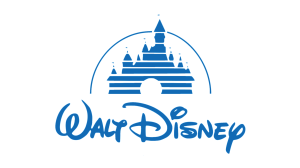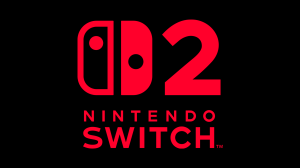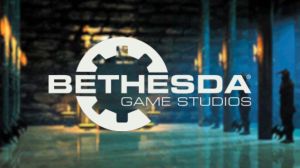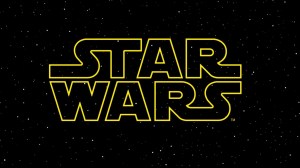After Walt Disney’s death in 1966, the studio entered what’s now referred to as the Disney dark ages. Box office returns were inconsistent, and the animation department was hemorrhaging talent, most notably when Don Bluth and a group of animators walked out in 1979 to form their own studio, Aurora Productions, and came out of the gate swinging with The Secret of NIMH. Meanwhile, Disney continued to dabble in darker tones and experiment with animation techniques, sometimes feeling like they were chasing trends rather than setting them.
Videos by ComicBook.com
If you were a kid in the ’70s, though, you likely didn’t know the difference, and these ’70s and ’80s outings may even be nostalgic favorites. Though it wasn’t a time of great prosperity for the company, many of the so-called dark age films are actually hidden gems. Many fans are even convinced they’d have been hits if not for the timing. These movies didn’t become “classics” in the way Snow White or The Lion King did, but if you grew up post-Walt/pre-Blockbuster, they may have defined your childhood.
5) The Rescuers

While a little bit traumatizing, The Rescuers is perhaps the best adventure film of Disney’s ‘70s catalog. Bernard and Miss Bianca are mice who work for the Rescue Aid Society, an organization that responds to distress calls from children. When they find a message in a bottle from Penny, they travel to the Louisiana bayou to save her from Madame Medusa, a pawn shop owner forcing Penny to retrieve a massive diamond from a flooded cave. The film takes its premise seriously, so there’s a sense of real danger. The alligators are genuinely scary, and Madame Medusa is one of Disney’s most unpleasant villains. The dynamic between Bernard and Miss Bianca is more sophisticated writing than many give the film credit for; he’s anxious and self-doubting, she’s confident and worldly.
Bob Newhart and Eva Gabor voiced the leads, and their chemistry carries the film. The bayou setting, complete with Spanish moss and fireflies, is atmospheric. The animation is rougher than that of other Disney films, utilizing xerography, but the distinct texture lends the movie grit. While Disney underestimated the film, it ultimately became a box office hit. The sequel, The Rescuers Down Under, was released in 1990 and became the first Disney animated feature produced entirely with digital ink and paint.
4) Escape to Witch Mountain
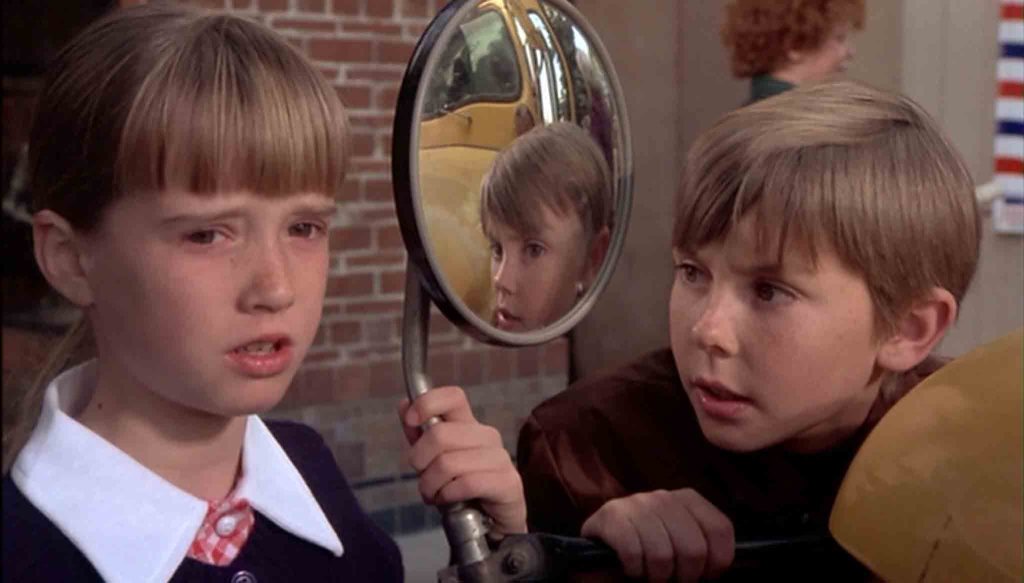
Escape to Witch Mountain was one of the first Disney live-action films to treat kids like they could handle real suspense. Tony and Tia are orphans with telekinetic powers and no memory of their past. After escaping from the orphanage, they’re picked up by a millionaire named Aristotle Bolt (Ray Milland), who pretends to help them but actually wants to exploit Tia’s clairvoyance. A product of it’s time, the telekinesis effects are practical, using wires, hidden rigs, reverse photography, but they’re used sparingly enough to feel surprising every time. When Tia makes a harmonica float or Tony moves a camper with his mind, it’s genuinely magical, especially for kids.
What’s more remarkable is how much the film trusts its young leads. Ike Eisenmann and Kim Richards give naturalistic performances. They’re scared kids who don’t understand what’s happening to them, and the film lets them be vulnerable. It was adapted from Alexander Key’s novel, which was darker and more paranoid; however, the film strikes the right balance between wonder and danger. Although it’s underrated, it holds up better than most 1970s family movies due to its earnestness. The source material is so rich, in fact, that Disney recently tried to reboot Escape to Witch Mountain as a TV show.
3) The Black Cauldron

The Black Cauldron failed commercially in the 80s, but it’s become a cult classic in recent decades. The plot follows Taran, a teen pig keeper and aspiring warrior. When his prophetic pig Hen Wen is targeted by the Horned King, a skeletal warlord voiced by John Hurt, Taran sets out to stop him from obtaining the Black Cauldron, which can raise an army of the dead. The film was too dark for some audiences, but its edge is precisely what makes it interesting and enduring. The Horned King terrified kids of the era with a skull face and glowing red eyes. The Cauldron Born sequence, showing the undead army rising, was trimmed before release but still managed to freak parents out. The whole film has an oppressive atmosphere that’s unlike anything else in Disney’s catalog.
However, its commitment to high fantasy is impressive. Adapted from Lloyd Alexander’s Chronicles of Prydain novels, Taran is flawed and impulsive, Princess Eilonwy is sharp-tongued, and Gurgi, the creature who accompanies them, has an emotional arc that culminates in a genuinely moving sacrifice. Ahead of its time, the animation integrated traditional techniques with early computer graphics. It was maybe ahead of its time, coming after dark fantasy favorites like Jim Henson’s The Dark Crystal, but predating films like Labyrinth and Willow. For kids who caught it on VHS, it was likely frightening and fascinating in equal measure.
3) The Aristocats

The Aristocats gets dismissed as minor Disney, but it’s one of the most rewatchable films from this era. The story follows Duchess and her three kittens as they are abandoned in the French countryside by their owner’s butler, who wants to inherit her fortune. Thomas O’Malley, a streetwise alley cat, helps them get home to Paris. The film’s charm is in its jazzy looseness. Maurice Chevalier sings the opening number, the kittens have very charming, distinct personalities, and the voice work is exceptional. Phil Harris brings the same charisma to O’Malley that he gave Baloo. The jazz sequence with Scat Cat (Scatman Crothers) is genuinely fun, even if one character aged poorly.
Like The Rescuers, the xerography process gave the film a sketchy, hand-drawn quality that feels more intimate than the polished style of Sleeping Beauty or Cinderella. In it, Paris looks alive, and the character designs are expressive. When O’Malley and Duchess walk along the rooftops at night, the city glows. While it’s not exactly epic, it is cozy. A dark-age outlier, the film made $55.7 million on a $4 million budget, making it one of Disney’s biggest hits of the decade. Still, it’s often overshadowed by other golden age and Disney Renaissance classics, with even the live-action Aristocats remake being dropped from the slate.
1) The Great Mouse Detective
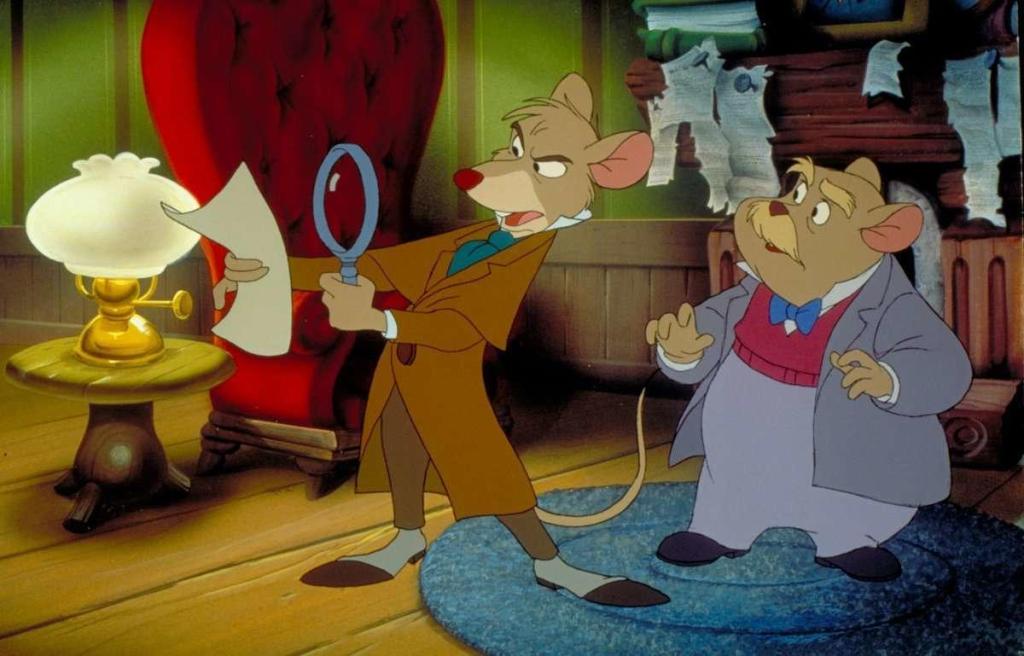
If you were born in the late ‘70s, you likely grew up watching one of Disney’s most criminally underrated movies, The Great Mouse Detective. Basil of Baker Street is a detective who lives beneath Sherlock Holmes’s apartment. When a toymaker is kidnapped, his daughter enlists Basil and his friend Dr. Dawson to find him. The villain is Professor Ratigan, brilliantly voiced by Vincent Price, who supposedly recorded his role in just two days and called it one of his favorite performances. There’s a musical number where Ratigan’s henchmen sing about how terrifying he is, and Price chews every word. When a henchman calls Ratigan a rat (he prefers “mouse”), Ratigan feeds him to a cat.
Paced like a thriller, there’s a suspense sequence in a toy shop that rivals any other Disney set piece. The climax inside Big Ben is edge-of-your-seat tense, as Basil and Ratigan fight on the clock gears. The sequence was also one of the first to use computer animation in a Disney film, and it took a year to complete. When Ratigan falls from the clock tower, his face contorts into something monstrous before he plummets to his death. Like many other Disney outings of the era, it’s surprisingly dark for a kids’ film. Yet, it’s no surprise this film stands out, as Directors Ron Clements and John Musker went on to make The Little Mermaid, Aladdin, and Moana. Based on Eve Titus’s children’s books, the film elevates the material into something special.
Did you watch these movies growing up? Leave a comment below and join the conversation now in the ComicBook Forum!

